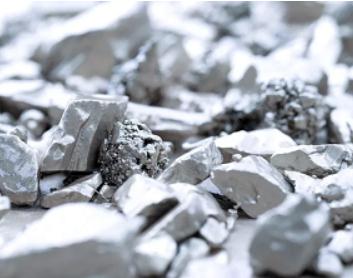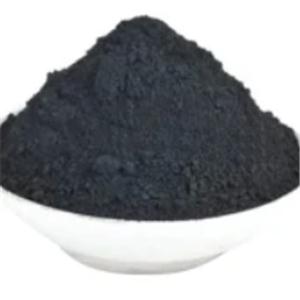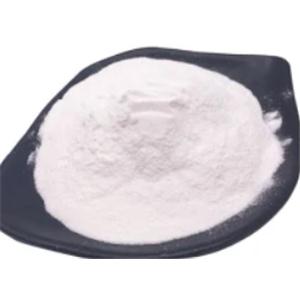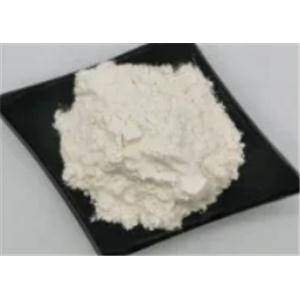Chemical properties White lustrous metal (face-centered cubic crystal), ductility second only to gold. Melting point 961.93℃. Boiling point 2212℃. Relative density d2010.5. Soluble in nitric acid, hot sulfuric acid, soluble in air molten alkali metal hydroxide, alkali metal peroxide, alkali metal cyanide. Hydrochloric acid corrodes surfaces, is inactive to most acids, and is insoluble in cold and hot water. Silver is a good conductor of heat and electricity and is not eroded by water and oxygen in the atmosphere. It turns black when exposed to ozone, hydrogen sulfide and sulfur. Most silver salts are sensitive to light. It is used as material for electronic industry. It can also be used for the preparation of high purity silver salt and as a high purity analytical reagent. Uses Used as hot hydrogen generator, gel propellant, combustion Chemicalbook active agent, catalyst, water cleaning adsorbent, sintering active agent, etc. Used for organic compound element analysis, filter, porcelain tube capacitor, carbon film potentiometer, solid tantalum capacitor, composite transistor, conductive heating element and other purposes used as electroplating and precision alloy, solder and other raw materials Material use for electroplating and production of precision alloy, solder and other raw material use microanalysis; Manufacture of silver salts and alloys; Catalyst; Silver powder can be used as conductive material in microelectronic thick film. For example, it is matched with glass to manufacture electrodes that can be matched with Al2O3, zirconia and borosilicate glass substrates, and epoxy resin, modified phenolic resin or acrylic resin to manufacture low-temperature silver paste that can be printed and coated.







 China
China


